Vet-Approved Homemade Chicken Dog Food Recipes
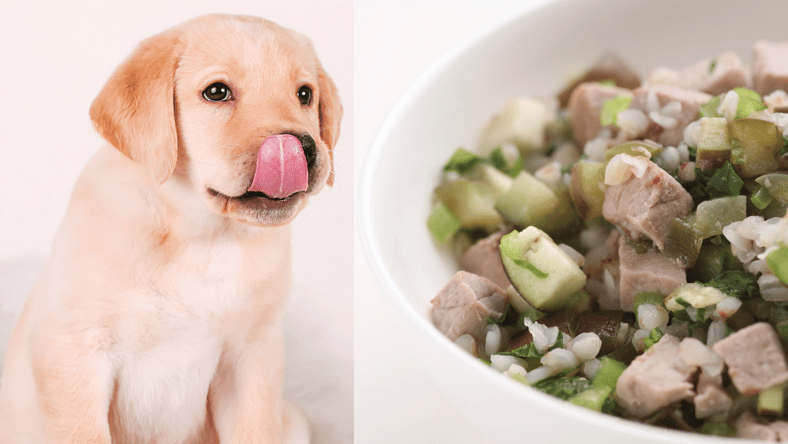
There’s nothing quite like eating a home-cooked meal to have you feeling your best, and your dog feels the same way!
While it’s completely fine to feed your dog a store-bought diet, many dog owners like the idea of making homemade dog food themselves. Homemade dog food gives you more control over exactly what your pup is eating and is even recommended by some vets for dogs with specific dietary needs.
In this guide, we’re sharing four fantastic homemade chicken dog food recipes that are actually vet-approved! That’s right—each of these recipes was either formulated by a vet or adapted from the vet-formulated recipe. Balanced nutrition is super important, and vets know the needs of our dogs best.
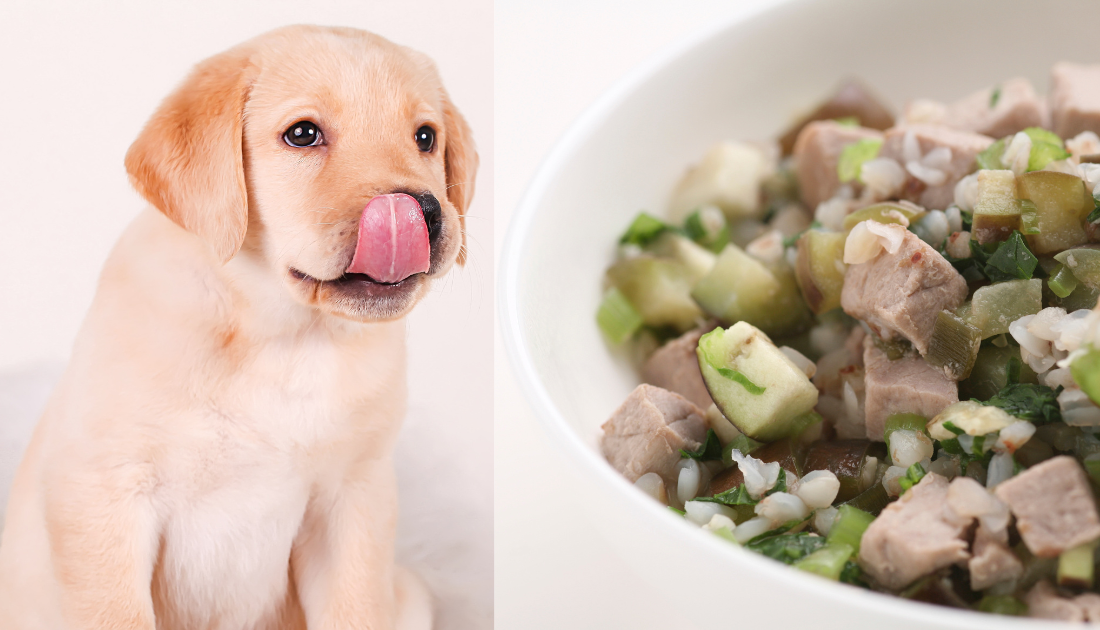
On that note, disclaimer: You should not switch your dog to a homemade diet without first consulting with their vet. Homemade dog foods can sometimes be lacking in vital nutrients, and you’ll need to talk to your vet to make sure your dog is getting everything they need.
Now, without further ado, let’s take a look at the best homemade chicken dog food recipes plus some tips for safe handling, nutrient balancing, and recipe building.
1. Basic Homemade Chicken Dog Food Recipe Starter
If you’re looking for easy dog food recipes with chicken that you can easily make your own, this is a good place to start. Created by Claudia Kawczynska, this recipe is an adapted version of a recipe published by veterinarian Greg Martinez in his book Dr. Greg’s Dog Dish Diet: Sensible Nutrition for Your Dog’s Health.
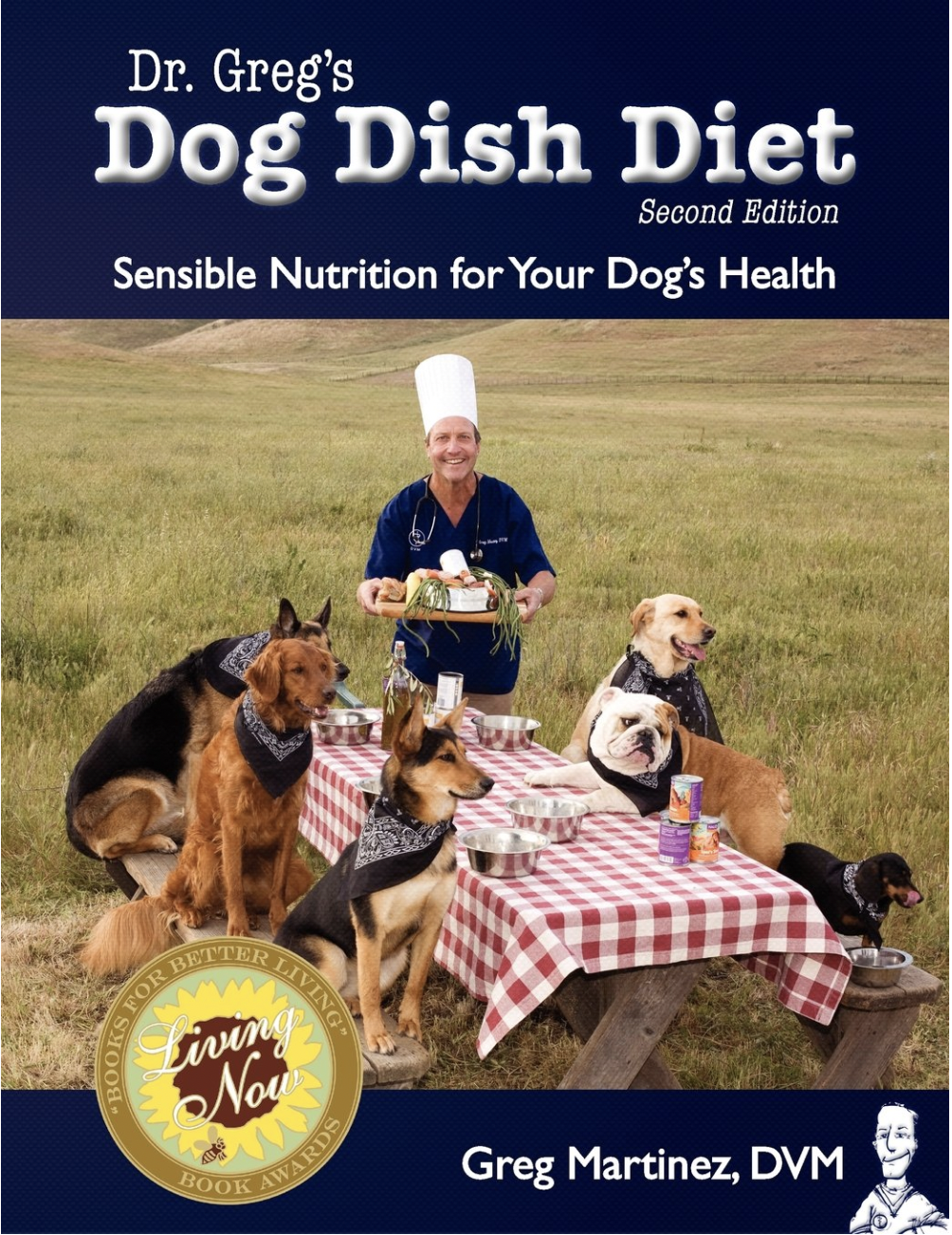
One of the best things about this recipe is how easy it is to adapt to your dog’s needs. For example, you can increase or decrease the carbohydrate percentage by removing or adding more protein. You could also use a different protein altogether if your dog can’t eat chicken.
We also love that this recipe is made entirely in a slow cooker which helps to preserve nutrients and makes the cooking process so easy.
Nutritional Information:
- Quantity: Makes 7-8 cups of chicken dog food
- Protein: 10–15%
- Fat: 5–7%
- Carbohydrates: 5–7%
- Moisture: 70%
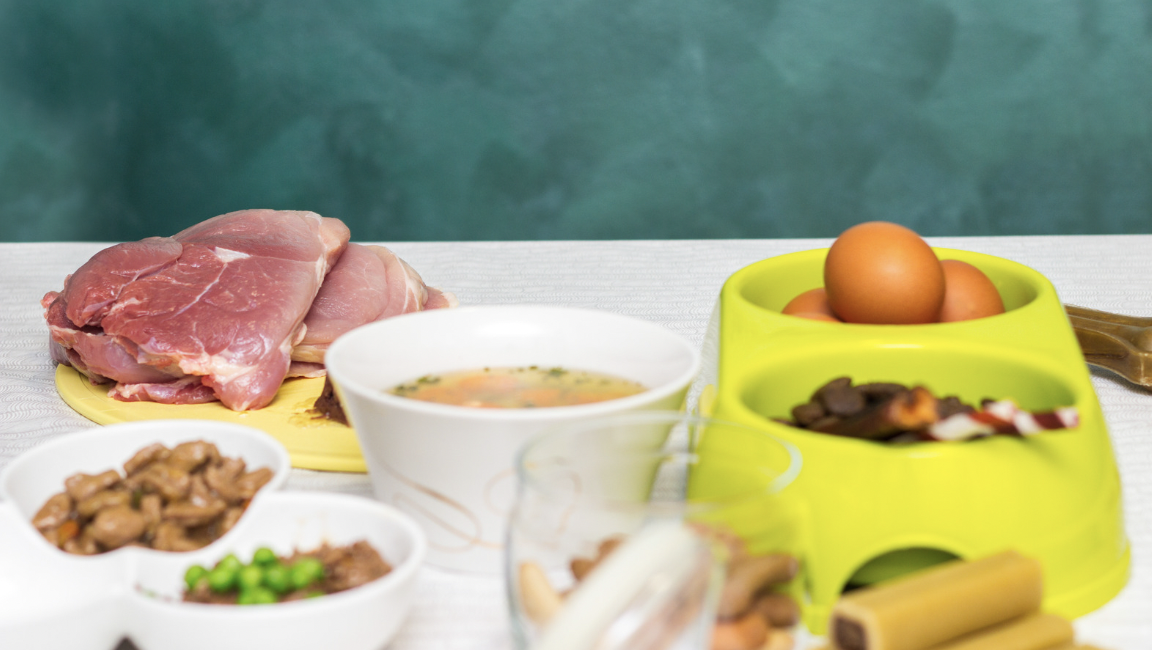
Ingredients
- 1 lb skinless, boneless chicken breast or thighs cubed (or a mixture of the two)
- 2–3 oz. chicken liver, heart, gizzard, or a combination
- 2 eggs (minus the shell)
- 8 oz. uncooked white rice
- 1 lb green beans
- 1 tsp bone meal (check out this bone meal powder from UPCo)
- Water
- The One all-in-one daily supplement
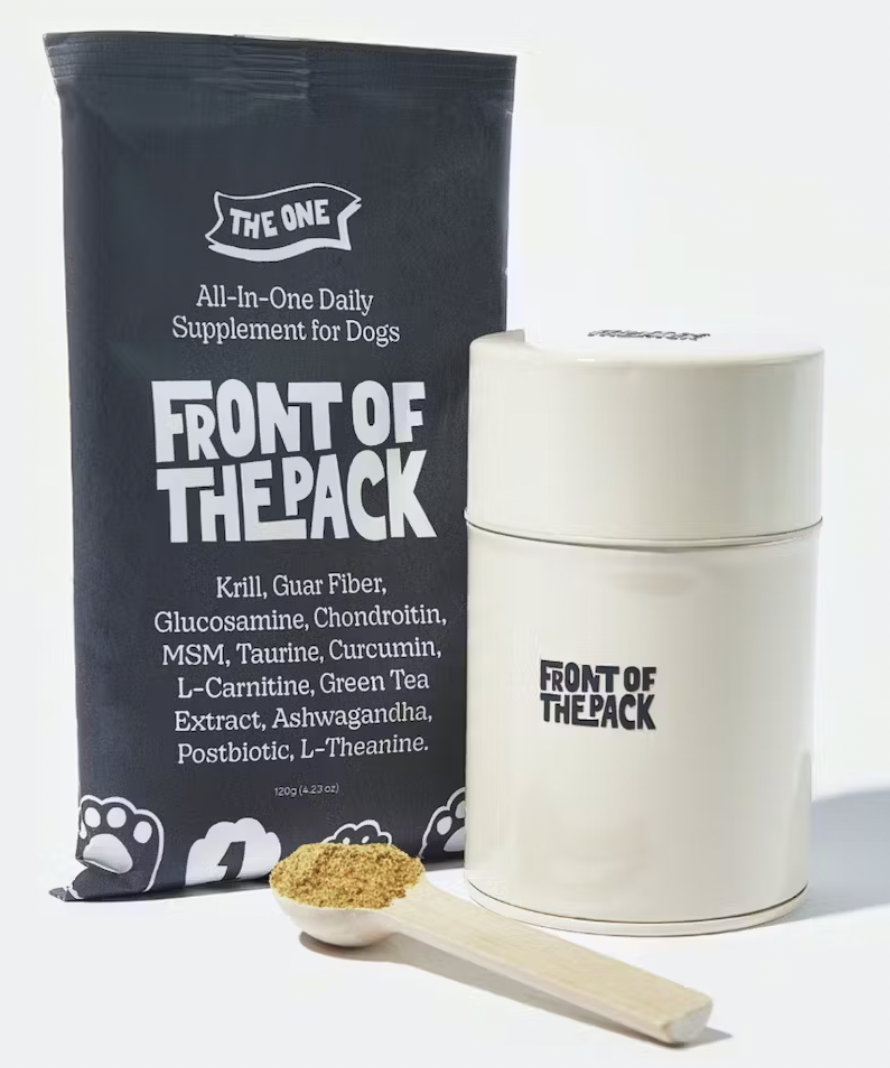
Instructions
- Add chicken, chicken liver, eggs, rice, green beans, and bone meal to your slow cooker.
- Add enough to almost cover the ingredients without fully submerging them. Give everything a stir to distribute the ingredients evenly before cooking.
- Cover and set your slow cooker to low. Allow to cook for 4–8 hours, or until the chicken is tender and falling apart, stirring occasionally.
- Drain excess water if necessary and transfer the finished dog food to air-tight containers to cool before serving.
- To serve, add a portion to your dog’s bowl and top with a serving of The One daily supplement.
Important Notes
If you can’t source chicken liver, heart, or kidneys, beef liver is a good substitute.
2. Homemade Whole Chicken Dog Food Recipe
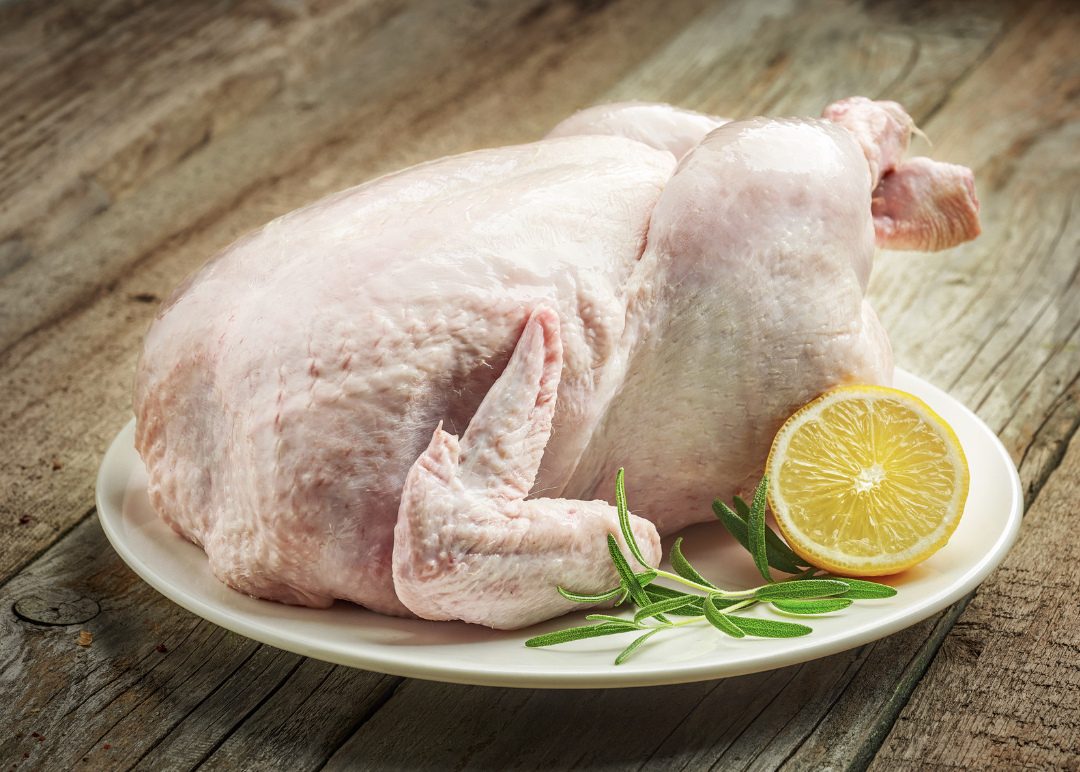
If you haven’t already guessed, in this homemade dog food recipe, chicken is very much for dinner! Developed by Dr. Michael Fox—a veterinarian with more than 50 years of experience—this recipe makes use of a whole chicken, brown rice, and a handful of ingredients you might not expect. Designed to be customizable, Dr. Fox offers lots of recommendations for ingredient substitutes, which we’ll also share below.
Nutritional Information: 1 cup of this food is approximately 1 serving for a 30 lb dog, or one meal’s worth of food.
Ingredients
- 1 whole chicken
- 4 cups cooked whole-grain brown rice
- Pinch of salt
- 1 TBSP wheat germ
- 1 TBSP apple cider vinegar
- 1 tsp brewer’s yeast
- 1 TBSP bone meal (check out this bone meal powder from UPCo)
- 1 TBSP shredded, unsweetened coconut
- Water
- 1 cup blueberries
- 1 cup grated broccoli
- 1 TBSP vegetable oil
- 1 TBSP coconut oil
- 2 TBSP kefir
- 1 tsp spirulina
- 1 tsp powdered ginger
- 1 tsp turmeric powder
- The One all-in-one daily supplement
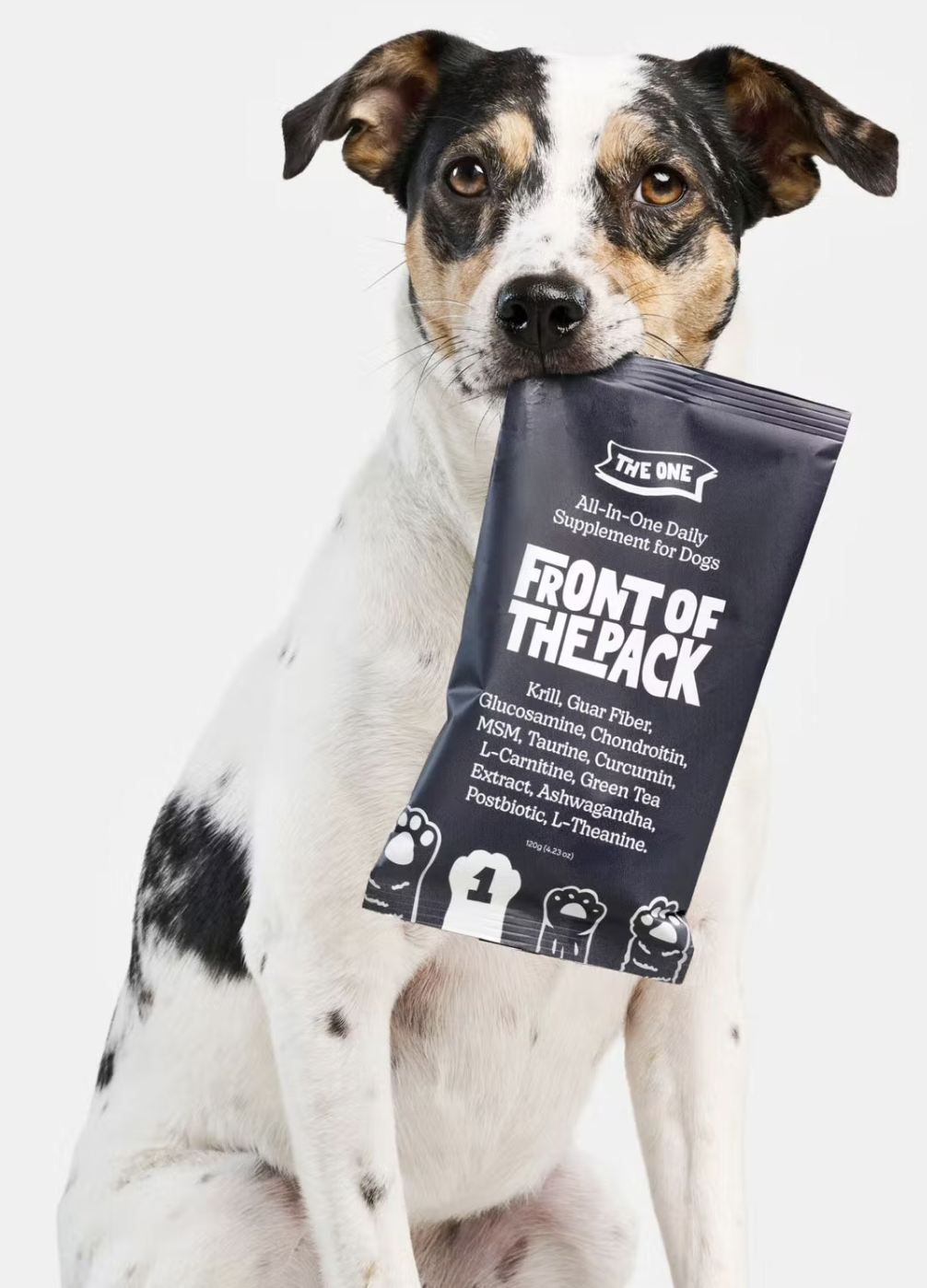
Instructions
- Add chicken, cooked brown rice, salt, wheat germ, apple cider vinegar, brewer’s yeast, bone meal, and shredded coconut to a large pot. Cover ingredients with water and put on medium-high heat to bring to a simmer. Keep simmering lightly for 20–30 minutes, or until the chicken is lightly poached.
- Remove the chicken and debone, being careful to also remove any excess fat and skin.
- Drain excess moisture from the pot and return the chicken to it, mixing everything well.
- While still warm, add the blueberries and broccoli and stir to combine. The texture should be thick.
- Once cooled, add the vegetable oil, coconut oil, kefir, spirulina, powdered ginger, and turmeric powder. Form the “dough” into patties and freeze for long-term storage or keep in the refrigerator for up to 5 days.
- To serve, break a patty apart in your dog’s dish and top with a serving of The One daily supplement.
Important Notes
Ingredient substitutions…
- Chicken: stewing beef, mutton, lamb, or turkey
- Brown rice: quinoa, barley, or rolled oats
- Bone meal: calcium citrate or lactate
- Blueberries: chopped apple
- Broccoli: cabbage, collard greens, carrots, or sweet potato
3. Holistic Ground Chicken Dog Food Recipe

Can you guess the main ingredient in this homemade dog food recipe? Chicken, duh!
This homemade chicken recipe for dogs was developed by holistic veterinarian Dr. Donna Kelleher who has been practicing for more than 20 years. Originally made with ground turkey, this also works as a chicken mince dog food recipe, or with any protein you choose.
With just a few super-simple steps, this is easily one of the fastest homemade chicken dog food recipes on our list.
Nutritional Information: This recipe is designed to be a single-serving for a 20 lb dog. Scale up to prepare this recipe for homemade dog food with chicken ahead and store it in the freezer for easy meal times.
Ingredients
- 8 oz. ground chicken
- 2 TBSP ground organ meat (chicken liver, kidney, heart, etc.)
- ¼ cup finely grated blanched broccoli
- 1 tsp ground raw sunflower seeds
- ½ tsp coconut oil
- ½ tsp salmon oil
- 500 mg calcium citrate (or bone meal)
- The One all-in-one daily supplement
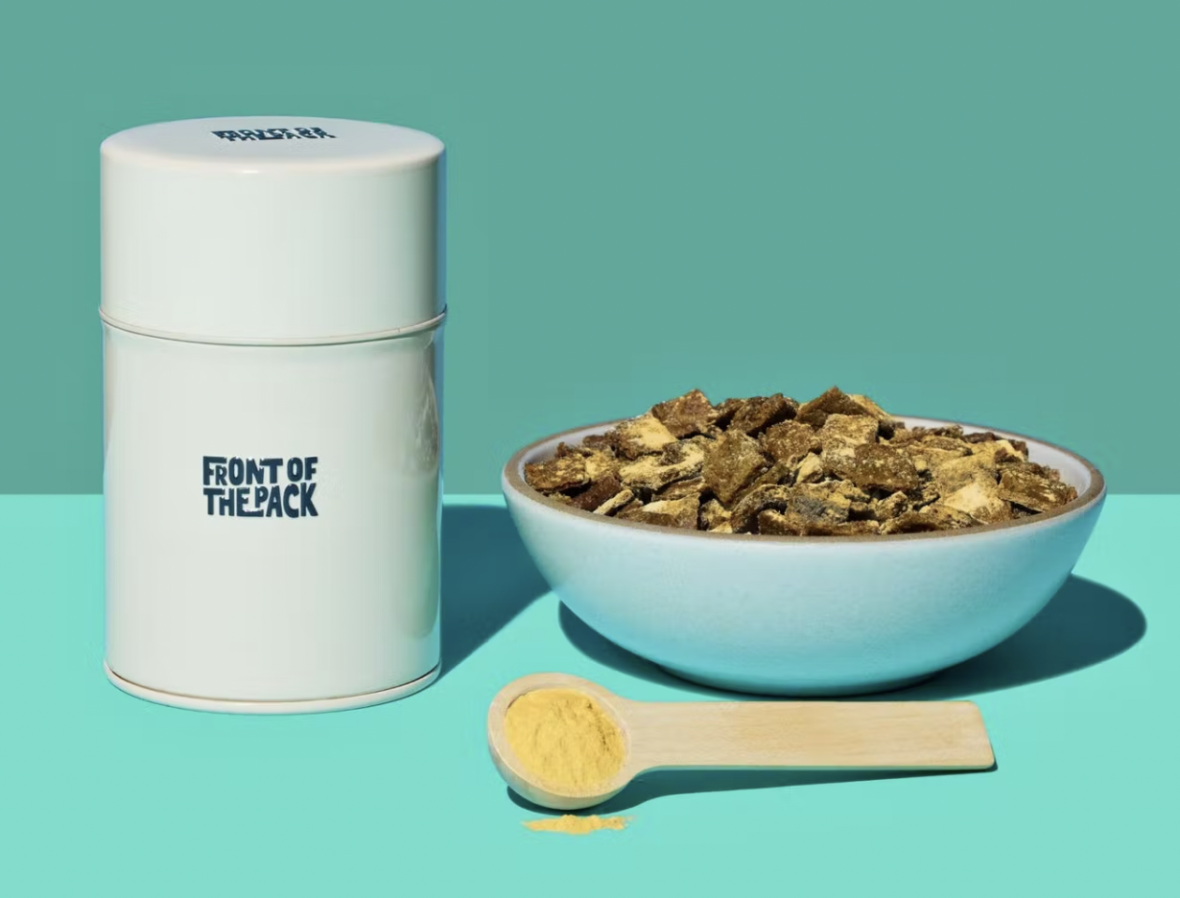
Instructions
- Gently cook the ground chicken and organ meat in a frying pan over medium-low heat until just cooked through.
- Once the meat has cooled, add blanched broccoli, sunflower seeds, coconut oil, salmon oil, calcium citrate, and one serving of The One daily supplement for dogs. Mix well and serve!
Important Notes
Using gentle heat to blanch the veggies and cook the chicken will help to preserve nutrients. High heat can degrade the nutritional value of the ingredients, so do your best to cook everything lightly.
4. Vet-Formulated Chicken Oatmeal Dog Food Recipe
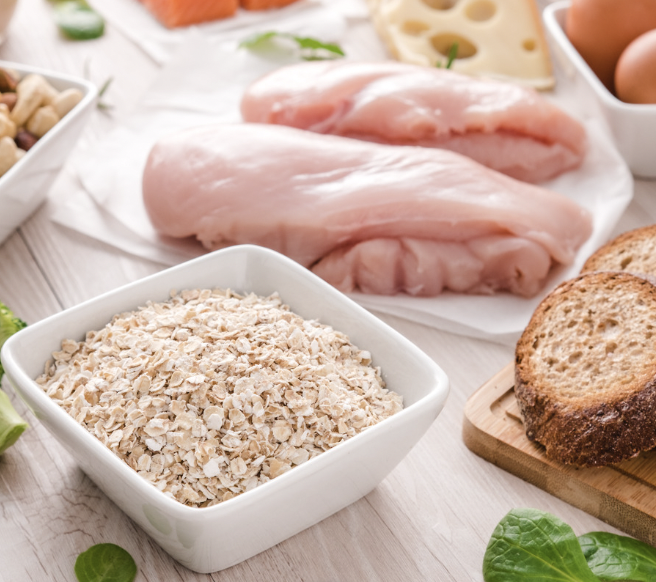
Our last homemade dog food recipe with chicken was developed by vets at MSPCA-Angell. This recipe makes using whatever ingredients you have on hand super easy. For example, if you don’t have oatmeal in the house, rice or sweet potato can be used as a carbohydrate substitute. Because this recipe calls for pre-cooked ingredients, this is another of our fantastically easy and healthy homemade chicken dog food recipes.
Nutritional Information: This recipe makes two servings (or one day’s worth of food) for a 15 lb dog. Scale the recipe up to prep ahead or make portions for a larger dog.
Ingredients
- 3 oz. chicken thigh, lightly cooked
- 1 ⅓ cups cooked oats
- 1 TBSP dog-safe mixed veggies
- 1 ½ tsp vegetable oil
- The One all-in-one daily supplement
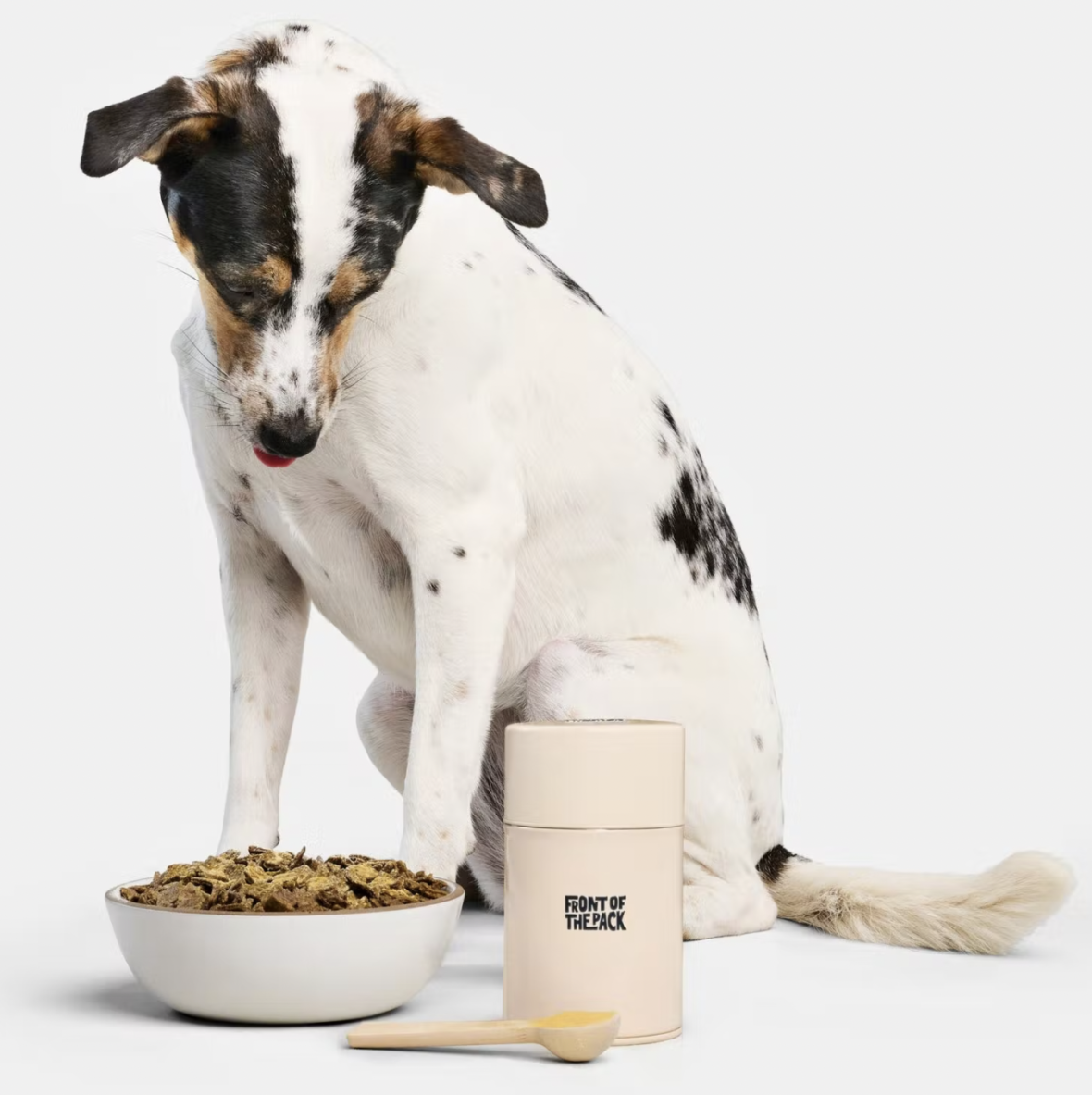
Instructions
- Chop or shred chicken into bite-sized pieces.
- Combine chicken, cooked oats, vegetables, and vegetable oil in a bowl and mix well.
- To serve, top the meal with a serving of The One daily canine supplement.
Important Notes
The vets at MSPCA-Angell have a fabulous tip for anyone making dog food at home: weigh out your ingredients! Weighing ingredients is much more accurate than measuring by volume or eyeballing your recipes. Accurate measurements help to ensure your dog is getting the right balance of nutrients.
Does Your Dog Food Recipe Need To Be Vet-Approved?
Long story short, yes!
Long story long: unless you are a veterinarian or a canine nutritionist, it’s important to consult a vet about your dog’s diet, no matter what you’re feeding them. Homemade dog foods can be fantastic, but they need to be appropriately balanced so that your dog isn’t lacking in any nutritional area.
The “vet-approved” homemade dog food chicken recipes we’re sharing here were created by veterinarians, and are already nutritionally balanced. That said, you should still chat with your vet about the recipe you choose, and follow their recommendations for added ingredients, formula changes, or alternative options.
Your vet knows what’s best for your pup. Don’t be afraid to ask questions, their goal is always to help you keep your pooch healthy.
Benefits of Feeding Your Dog a Chicken-Based Diet
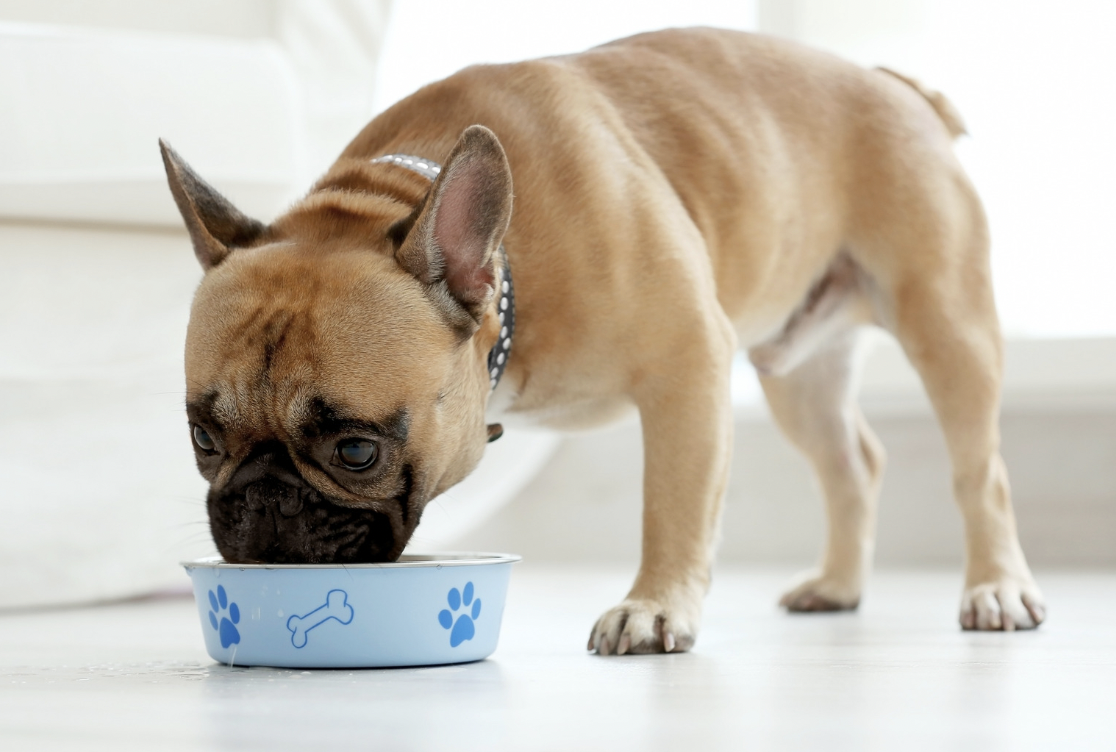
Chicken is one of the most common proteins found in commercial dog food and one of the easiest proteins for dog owners to prepare for their pups. It’s no wonder homemade dog food with chicken recipes are exceedingly popular!
High in protein but low in fat, chicken is an excellent lean meat that works well for all dogs, including those that need to be on a low-calorie diet. Thanks to the lean protein, chicken works well for helping dogs develop muscle, retain energy and strength, and avoid unwanted weight gain. Chicken is also high in essential nutrients like B vitamins, zinc, and a small amount of omega-3 fatty acids.
While chicken is a fantastic option for most dogs, it’s also one of the most common canine allergies. Symptoms of a chicken allergy in dogs include itching, licking, skin irritation or rash, hot spots, ear infections, eye discharge, loose stool or GI upset, and more.
If you notice your dog exhibiting any of these symptoms, the best option is to switch them to a novel-protein diet as soon as possible.
Homemade vs. Store-Bought Dog Food: What’s the Difference?
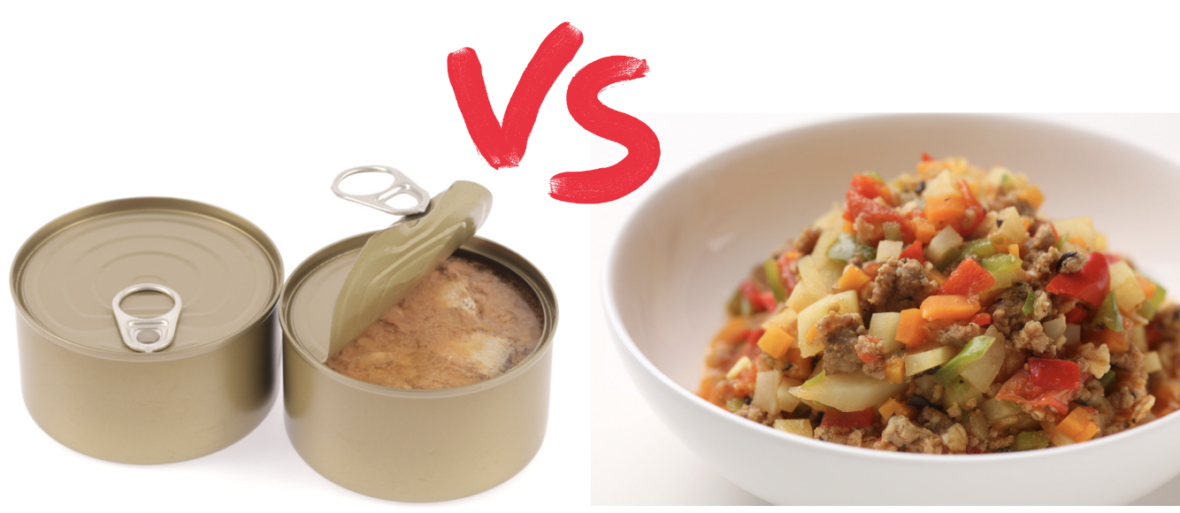
Compared to commercial dog food, homemade dog food typically features fresher ingredients, providing better-quality nutrition for your furry friend. By using all-natural ingredients, homemade dog food recipes contain fewer preservatives and offer a wider range of protein options. These fresh recipes can also provide a variety of flavors and textures to keep your dog’s diet interesting and support their overall well-being.
Of course, there’s always the financial side of things to consider. Unfortunately, making homemade dog food chicken recipes at home will often be more expensive than buying commercial or store-bought dog food. However, if you are buying and preparing homemade dog food in bulk, it may be the same price or slightly less expensive than store-bought options.
Tips for Making Nutritionally Balanced Homemade Dog Food
The key challenge with homemade dog food is achieving nutritional balance. Designing a nutritionally complete homemade dog food diet can be difficult without a strong understanding of canine nutrition. Poor planning and inadequate knowledge can cause nutrient deficiencies.
Similarly, it’s important not to trust every recipe you find on the internet. Here, we’re highlighting recipes specifically formulated by vets and canine nutritionists, but there are plenty of unqualified people posting their dog food recipes online, too.
If you’re struggling to calculate on your own or create recipes based on your dog’s specific needs, try using a recipe builder to generate nutritionally complete homemade dog food recipes with chicken or any other protein.
Should You Add a Multivitamin To Homemade Dog Food?
Because homemade dog foods can sometimes be lacking in nutrients, we always recommend including a daily multi-purpose supplement with your dog’s meals. One of our favorites is The One from Front of the Pack.

Formulated with 12 vital ingredients, The One is designed to be a daily supplement, appropriate for dogs ages 12 weeks and up. Here’s a quick breakdown of the amazing natural ingredients used in this formula:
- Ashwagandha — immune support & blood sugar regulation
- Chondroitin — joint health
- Curcumin — anti-inflammatory antioxidant
- Glucosamine — joint health
- Green Tea Extract — antibacterial antioxidant
- Krill — rich in omega-3s
- L-Carnitine — for energy
- L-Theanine — neurological & emotional health
- MSM — anti-inflammatory & pain relieving
- Postbiotic — supports gut health
- Prebiotic — supports gut health
- Taurine — heart-supporting antioxidant
Worried your dog won’t take their “medicine?” Don’t worry! The One is made to taste like a savory bone broth, so it won’t offend your dog’s palette.
How Much Should I Feed My Dog?
Dogs need a certain amount of calories every day based on a variety of factors, starting with calculating their resting energy requirements (RER). The formula for finding your dog’s RER might look intimidating, but we promise it’s not as complicated as it appears! To do this, you’ll need to know your dog’s weight.
Once you’ve calculated your dog’s RER, you’ll multiply that number by coefficients that correspond to life-stage and body condition. DVM360 lays all these steps out beautifully in this blog.
Remember, you should always consult with a veterinarian before committing to a homemade dog food formula. They will be able to help you make safe, healthy choices for your pup.
Safe Food Handling Tips When Making Dog Food
Remember, cleanliness and organization are just as important for your dog as they are for you! Your canine friend is susceptible to food-borne bacteria and illness just like a human, so it’s very important to follow safe handling instructions when preparing their food.
- Wash your hands. Before you start, while you work, and once everything is completed.
- Disinfect surfaces. Because you’re making dog food, you’ll probably be working with raw meat. Making sure to disinfect surfaces after you’ve finished cooking will prevent the spread of germs.
- Keep human and dog food separate. Avoid using the same containers, utensils, or areas of the fridge/freezer for dog food and human food. Keeping them separate is best for your health and the health of your dog.
- Wash dog bowls after use. Use hot, soapy water to clean your pup’s bowl after every meal.
- Freeze extra meals. Rather than keeping your extra homemade dog food in the fridge, try pre-portioning and freezing it. Dog food will keep much longer in the freezer, and will just need around 12 hours to thaw in the fridge before serving.
Is your pup allergic to chicken? Try making homemade salmon dog food instead!
